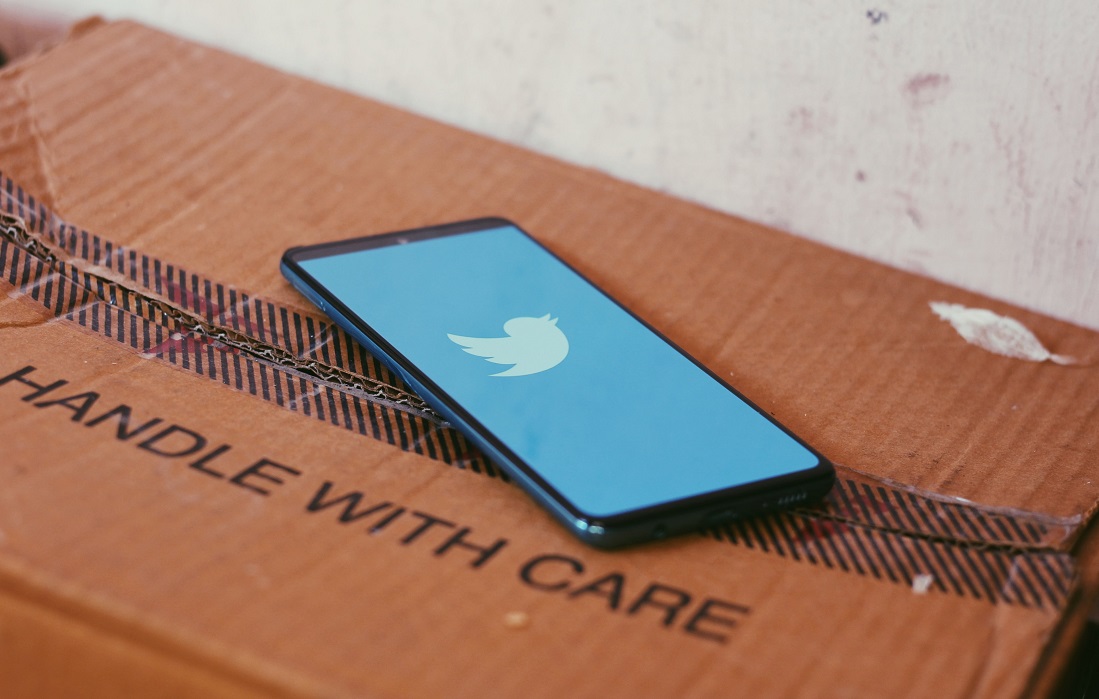
Photo: Ravi Sharma on Unsplash
Keep calm and clarify
Rowan Kerek Robertson offers practical advice on protecting yourself and your organisation from online abuse – and what to do when the worst happens.
The social web reflects the best and worst of 21st-century global society. On one hand, social media connects us and gives a public voice to millions of people. On the other, it can be a fractious – even toxic – place. Many of us have felt maltreated by others online.
Over the past two years I’ve been working with digital arts agency The Space to support cultural organisations to manage the threat of online abuse. It’s certainly an issue for the sector: The Space conducted a survey of arts professionals in 2019 that revealed 42% had experienced ‘virulent criticism or abuse online’. Just 17% had known how to deal with it.
Sadly, we don’t have to look far to hear the damage online harassment can cause. Little Mix singer Jesy Nelson has described how winning The X Factor not only opened the doors to creative success, but also to vicious trolling that made her suicidal.
Protecting yourself
The term ‘online abuse’ covers a range of behaviours which attempt to intimidate the victim by different means. It includes cyberstalking, online bullying, hacking, hate speech, impersonation, spamming, trolling and virtual mobbing. It can also leak into the physical world through doxing or document sharing, where personal information or images are made public, leaving individuals feeling extremely vulnerable.
One of the key proactive steps individuals can take a privacy check-up. Go through the privacy settings of all your social media accounts and make sure they are set to your preferences regarding your visibility and how people can contact you. Consider having separate accounts, usernames and profile photos for personal and professional accounts. Search online for your email address, your physical address and phone number, and seek to have them removed if you don’t want them to be public. Maintain strong passwords to avoid being hacked, or use a password tool like LastPass.
Be mindful about what you share with regard to where you are and where you live, and consider the vulnerable people in your life. Think about what’s in your photos and the information people could piece together from different sources.
Protecting your organisation
Organisations have a duty of care to the people they employ and those they put in the public spotlight. Encouraging privacy awareness is a vital way you can help to protect your teams, freelancers and commissioned artists.
Although anyone can be attacked online, it’s critical to think about who might be especially visible or vulnerable to online abuse. Certain groups are targeted more than others: women, Black and ethnic minority people, those who identity as LGBTQ+ and disabled people. I suggest that organisations factor online abuse into their project risk assessments.
Nevertheless, social media storms can blow up unexpectedly and escalate quickly. When an organisation is unprepared, a panicked response can cause enormous stress for all involved. An emergency communications plan is a means of being prepared. At its most basic, this is a list of the contact details for the key people who will decide how to respond to a comms crisis, for example the Artistic or Executive Director, Head of Communications, and the project director. The plan should be shared with people in public-facing roles, such as a social media producer.
Managers can also develop and articulate what the organisation uses social media for, and what it deems to be appropriate and inappropriate behaviours online. Think about where you want to invite commentary, what it adds to your projects, and whether you can moderate it if needed. For example, you can’t moderate comments on Twitter, but you can on Facebook. Create a guide which outlines your standards and protocols.
Organisations should also ensure their technical set up is secure, and that employees watch out for potential phishing scams and safeguard your digital resources.
Responding to online abuse
People who find themselves victims of online abuse should first seek practical and emotional support from trusted friends, family and colleagues. I advise people not to read abusive commentary if it’s going to scar them, but to let others help deal with it.
Make sure you – or the people helping you – copy anything abusive as attackers often remove their own content. Then report it to the host platform. In the UK, what’s illegal offline is also illegal online so if it breaks the law, such as a specific threat of violence, report it to the police.
Consider getting in touch with a supportive project like HeartMob, an online community which posts positive comments where people are being harassed. Another, CrashOverRide, offers a helpline.
How you react – whether you’re an individual or organisation – is your choice. You can silence trolls using mute functionalities on social media platforms, and then ignore them. Others choose to engage with abusers and expose them. Many believe it is attention that keeps trolls going, but there is no right or wrong answer; it’s just a matter of what you’re comfortable with. If you do engage, don’t rush into replying. Be calm, clarify your position and ask yourself if you need to reply twice.
Rowan Kerek Robertson is Social Media Consultant and Associate at The Space
![]() thespace.org
thespace.org
![]() @thespacearts
@thespacearts
![]() [email protected]
[email protected]
Find out more about how arts organisations can prepare for and respond to online abuse by downloading The Space’s new toolkit.
Join the Discussion
You must be logged in to post a comment.